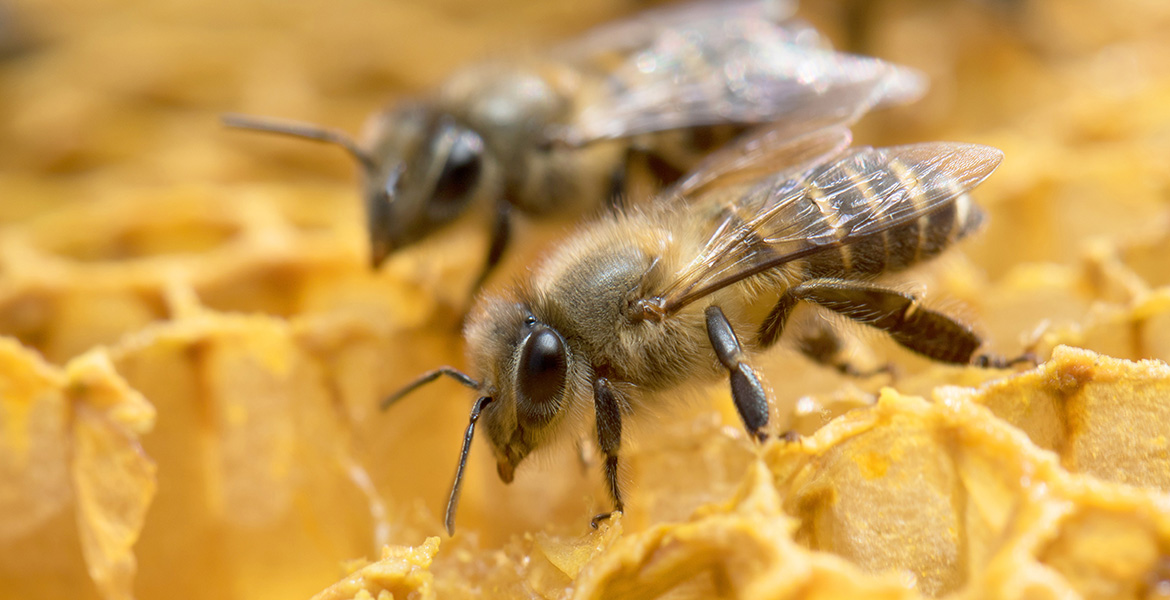
Oklahoma State’s Darren Hagen awarded national research grant
Monday, February 15, 2021
A researcher with Oklahoma State University’s Division of Agricultural Sciences and Natural Resources has received a two-year, $199,097 National Institute of Food and Agriculture grant to study honeybee genetics.
Honeybees and the beekeeping industry are responsible for more than $15 billion in annual agricultural productivity. They deliver indispensable pollination services benefiting more than 90 agricultural crops, said Darren Hagen, the grant’s principal investigator and an assistant professor with OSU’s Department of Animal and Food Sciences.
“Pollinators have been undergoing a decline for more than a decade,” he said. “Managed honeybees have suffered significant increases in death rates annually, a problem that must be mitigated to ensure the sustainability of food production systems.”
Researchers worldwide have been studying the molecular and genetic bases for honeybee responses to environmental stressors, living and non-living, as well as physical and chemical. However, new technologies have not yet been applied in honeybee gene prediction, so genomic studies are still limited by incomplete, incorrect data. Furthermore, there is a lack of reference information on modifications in honeybee RNA (ribonucleic acid) that play important roles in gene regulation.
“We’re studying the gene profiles from diverse tissues of Apis mellifera, the western honeybee, using new RNA-sequencing technologies,” Hagen said. “Our primary goal is to expand and enhance the catalog of functional elements in the known honeybee genome as a way to promote improved honeybee health.”
There are three types of honeybees: the queen, drones and workers. Workers are non-reproductive females that are smaller than male drones and the colony’s lone queen bee.
The OSU grant is one of 11 Pollinator Health Research grants recently award by NIFA as part of the organization’s Agriculture and Food Research Initiative. NIFA was created through the Food, Conservation and Energy Act of 2008. It is part of the U.S. Department of Agriculture.
Research undertaken by OSU that promotes bee health and better bee genetics is good news, said Rick Schantz, a Lincoln County beekeeper who has about 150 hives. That number has dropped from 250 a couple years ago because of the coronavirus pandemic – Schantz has fewer places to sell the honey as farmers markets and other venues shut down. He has long been active in renting out pollinators, and he provides seedstock to help new beekeepers get started.
“Genetics has always played a major role in my operation,” he said. “Bee genetics can change more quickly than many other species. It’s like raising cattle: You want to get rid of the poor performers in terms of production and health, but keep those that do best in Oklahoma conditions.”
OSU Ag Research such as Hagen’s honeybee study accounts for about a third of all research conducted at Oklahoma State and about 85% of research royalties that flow back into the university.
MEDIA CONTACT: Donald Stotts | Agricultural Communications Services | 405-744-4079 | donald.stotts@okstate.edu
